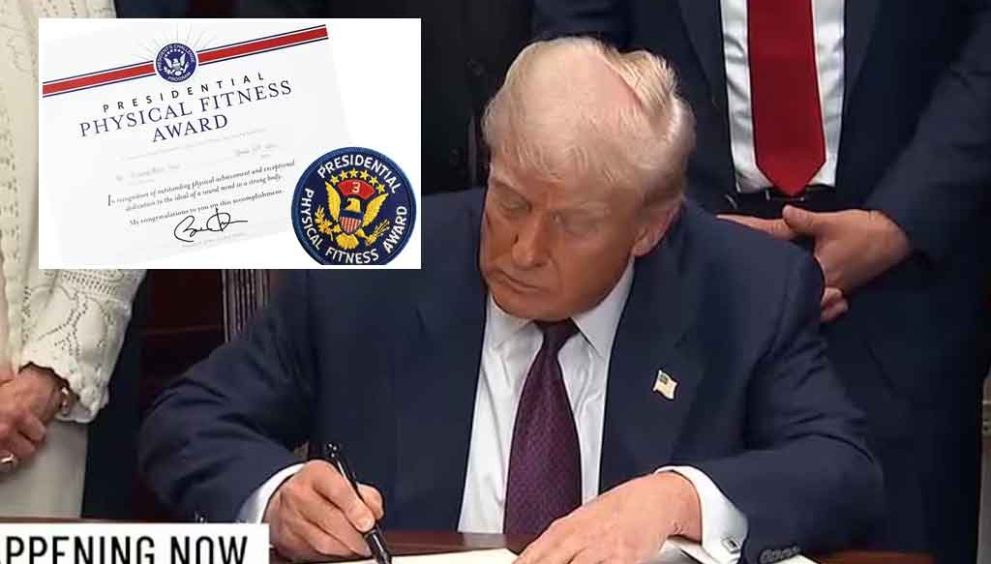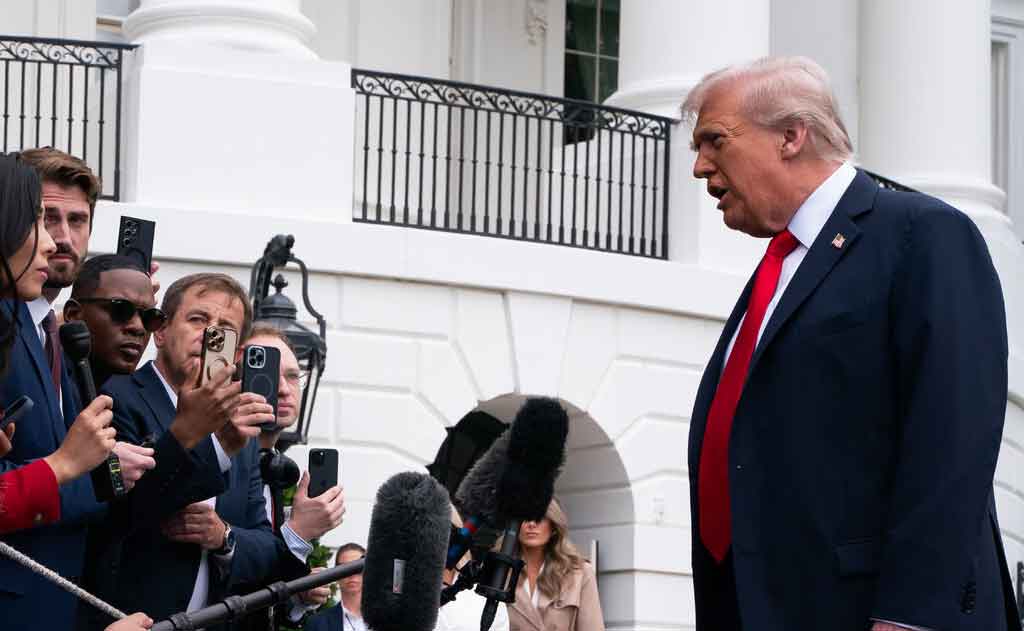Trump Revives Presidential Fitness Test to Boost Youth Health

Washington, D.C., August 1, 2025 – President Donald Trump signed an executive order yesterday to bring back the Presidential Fitness Test in U.S. public schools, aiming to tackle rising childhood obesity and promote physical fitness. The iconic program, which ran from the 1950s to 2013, will be overseen by the President’s Council on Sports, Fitness, and Nutrition, led by golfer Bryson DeChambeau. Health and Human Services Secretary Robert F. Kennedy Jr. will spearhead implementation, emphasizing the test’s role in fostering discipline and healthy habits.
“This is about making America’s kids strong and healthy again,” said White House press secretary Karoline Leavitt. The move has sparked debate, with supporters praising its focus on fitness and critics warning it could pressure less athletic students.
A Brief History
Launched in the 1950s after a study showed American kids lagged behind European peers in fitness, the Presidential Fitness Test became a staple under President Lyndon B. Johnson. It offered awards for students in the top 15th percentile. Replaced in 2013 by a less competitive program under President Obama, the test’s revival aims to restore its competitive spirit.
What’s in the Test?
The reinstated test is expected to mirror its classic five-part format, assessing strength, endurance, flexibility, and agility. Here’s a breakdown:
- Curl-Ups (Sit-Ups)
- Goal: Test core strength.
- How It Works: Students perform as many curl-ups as possible in 60 seconds, lying on their back with knees bent, arms crossed, and feet flat.
- Standard: A 17-year-old boy needed 55, a girl 44, for top scores.
- Note: Experts suggest planks as a modern alternative to reduce back strain.
- Pull-Ups (or Push-Ups/Flexed-Arm Hang)
- Goal: Measure upper body strength.
- How It Works: Students do pull-ups (chin over bar) or push-ups (90-degree elbow bend). A flexed-arm hang is an option for those unable to do pull-ups.
- Standard: Boys needed 13 pull-ups or 53 push-ups; girls needed 1 pull-up or 23 push-ups.
- Note: Push-ups may be favored for inclusivity.
- One-Mile Run/Walk
- Goal: Assess aerobic fitness.
- How It Works: Students run or walk a mile as fast as possible.
- Standard: Boys aimed for 6:06, girls 8:17, for top marks.
- Note: A key measure of heart health but challenging for beginners.
- Sit-and-Reach
- Goal: Test flexibility.
- How It Works: Students reach forward while seated, legs extended, measuring hamstring and lower back flexibility.
- Standard: Scored by distance reached past toes.
- Note: Limited in assessing overall mobility.
- Shuttle Run
- Goal: Evaluate agility and speed.
- How It Works: Students sprint between two lines 30 feet apart, moving objects, completing four trips.
- Standard: Faster times earn higher scores.
- Note: Can be gamified to boost engagement.
Support and Criticism
Proponents, including Kennedy, see the test as a way to instill pride and competition. Critics argue it risks discouraging less athletic kids, with experts like Dr. Jacqueline Goodway advocating for a focus on lifelong fitness over benchmarks. A 2021 study found no clear link to bullying, but school culture matters. Suggestions include modernizing exercises and framing the test as a personal challenge.
What’s Next?
The President’s Council will finalize test details, with schools likely adopting it by the 2026-2027 academic year. As America grapples with health challenges, the test’s success will hinge on balancing competition with inclusivity.













